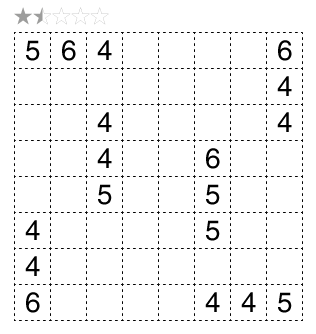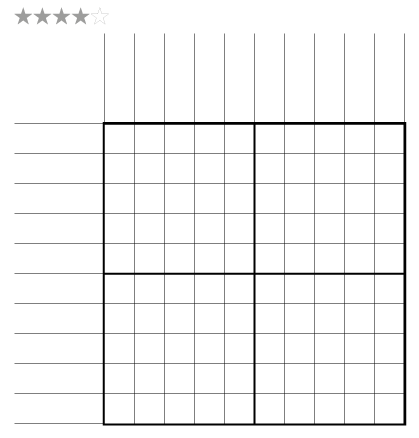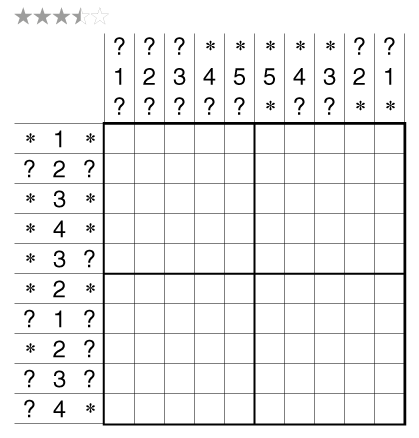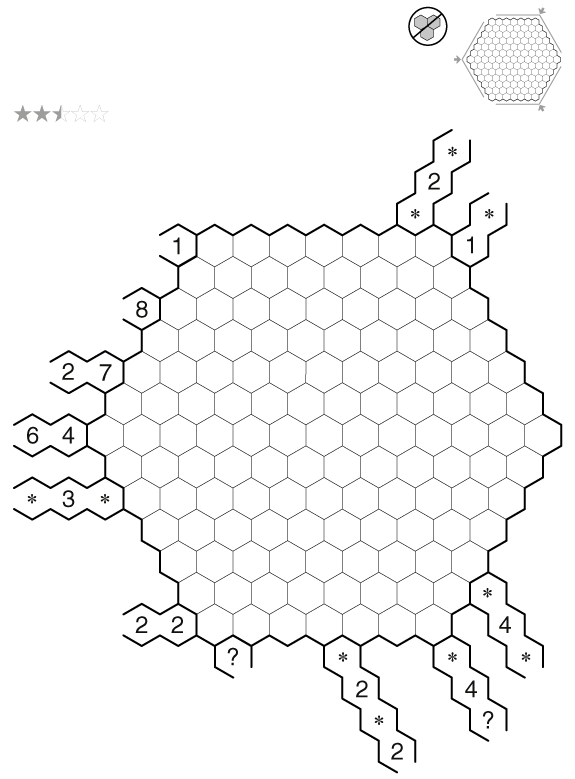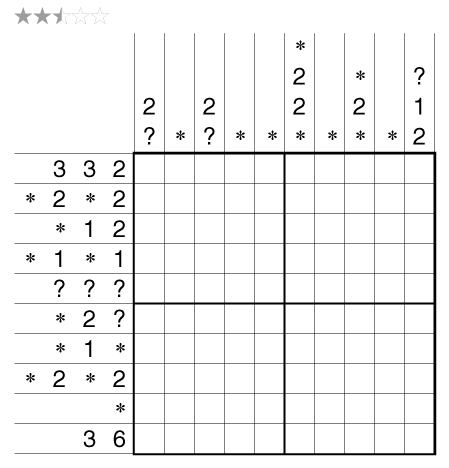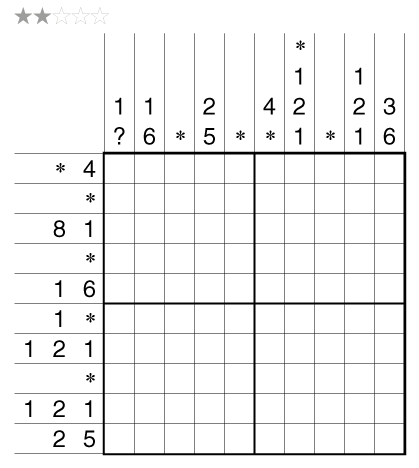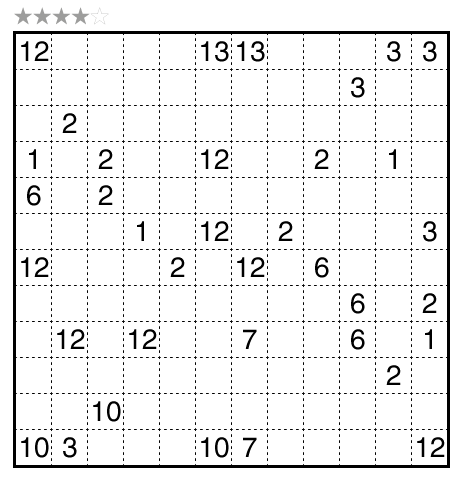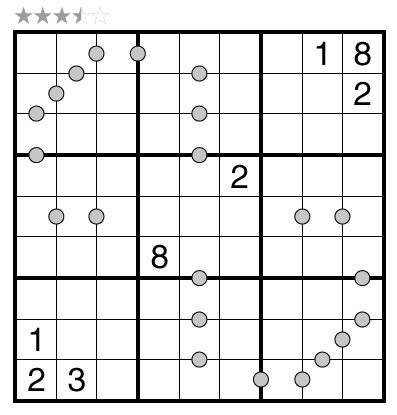Cave by Serkan Yürekli
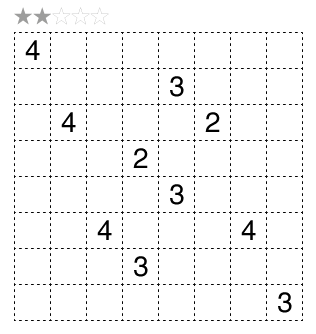
or solve online (using our beta test of Penpa-Edit tools; use tab to shift between shading mode and the linex mode where left click+drag draws lines and right click marks X’s)
Theme: Consecutive Digits
Author/Opus: This is the 305th puzzle from our managing editor Serkan Yürekli.
Rules: Standard Cave rules.
Difficulty: 2 stars
Time Standards (highlight to view): Grandmaster = 0:45, Master = 1:45, Expert = 3:30
Solution: PDF; a solution video is also available here.
Note: Follow this link for other classic Caves and this link for Cave variations. If you are new to this puzzle type, here are our easiest Cave Puzzles to get started on. More Cave puzzles can be found in Roger Barkan’s Colossal Cave Collection, in The Art of Puzzles, and in our beginner-friendly collection Intro to GMPuzzles by Serkan Yürekli.

